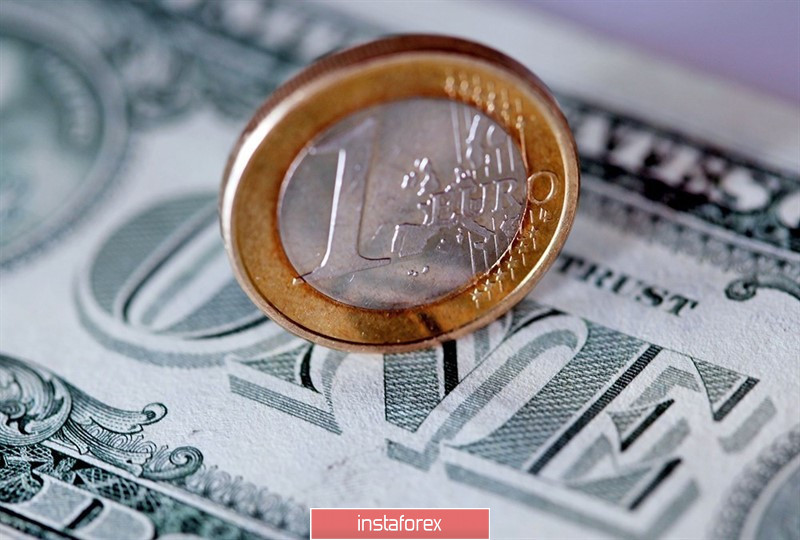
The contrast of recent macroeconomic data demonstrates how responsive the American economy is to monetary incentives, while economic stagnation is developing in Europe. Strong data from the US at this stage support the greenback, reinforcing the belief that the Federal Reserve will take a long pause in the process of lowering the interest rate. It is difficult to say the same thing about the eurozone, where there are more and more signs of decline.
According to IFO analysts, the German manufacturing sector managed to get out of the recession. This comment exerted strong pressure on the single European currency, despite the quite decent IFO business climate indices.
As preliminary PMI data on manufacturing activity in Germany showed, the pace of decline in this sector has slowed. However, this positive news was offset by indicators of the service sector, which turned out to be worse than forecasts and showed that the weakening went beyond the manufacturing sector.
In general, the indicators of the locomotive of the eurozone continue to adversely affect the rate of the single European currency.
The EUR/USD rate was near the psychological level of 1.1000.
The main currency pair managed to stay above this mark primarily due to optimistic news on the subject of US-Chinese trade negotiations.
Last Sunday, there was information that the Chinese authorities intend to toughen the punishment for the theft of intellectual property. This is a key issue in the trade dispute between Washington and Beijing.
A day earlier, on Saturday, White House National Security Advisor Robert O'Brien said that the United States and China could sign the first phase of a trade agreement before the end of this year.
The renewed hope that a trade deal - even a partial one - nevertheless will be concluded, has improved the mood of market participants.
However, if we move away from a very unpredictable history with trade disputes between the US and China, the difference in the dynamics of economic indicators will play on the side of the dollar and against the euro. While the United States is recovering at a normal rate, the light of economic growth continues to quietly fade in Europe.
Inaugurated on November 1, the European Central Bank head Christine Lagarde called on national eurozone governments to increase budget spending to support economic growth in the region.
Without fiscal stimulus, the regulator will have to take new mitigation measures, which is a negative factor for the euro.
This week, investors will monitor the release of inflation indices in Germany and the eurozone.
We can expect the EUR/USD pair to be tested at 1.1000 with a further decline if the indicators do not reach forecasts.
A break into the November lows near 1.0995 will indicate a strengthening of the downward trend with targets at support levels of 1.0940, 1.0900.
Moreover, any corrective growth is likely to be limited by the resistance levels of 1.1125, 1.1170, as long-term negative dynamics of EUR/USD remains.





















